Rheaply redefines circular economy in architecture
On Earth Day 2022, we speak to Rheaply founder Garry Cooper Jr about his innovative business that tackles reuse and upcycling in architecture and construction
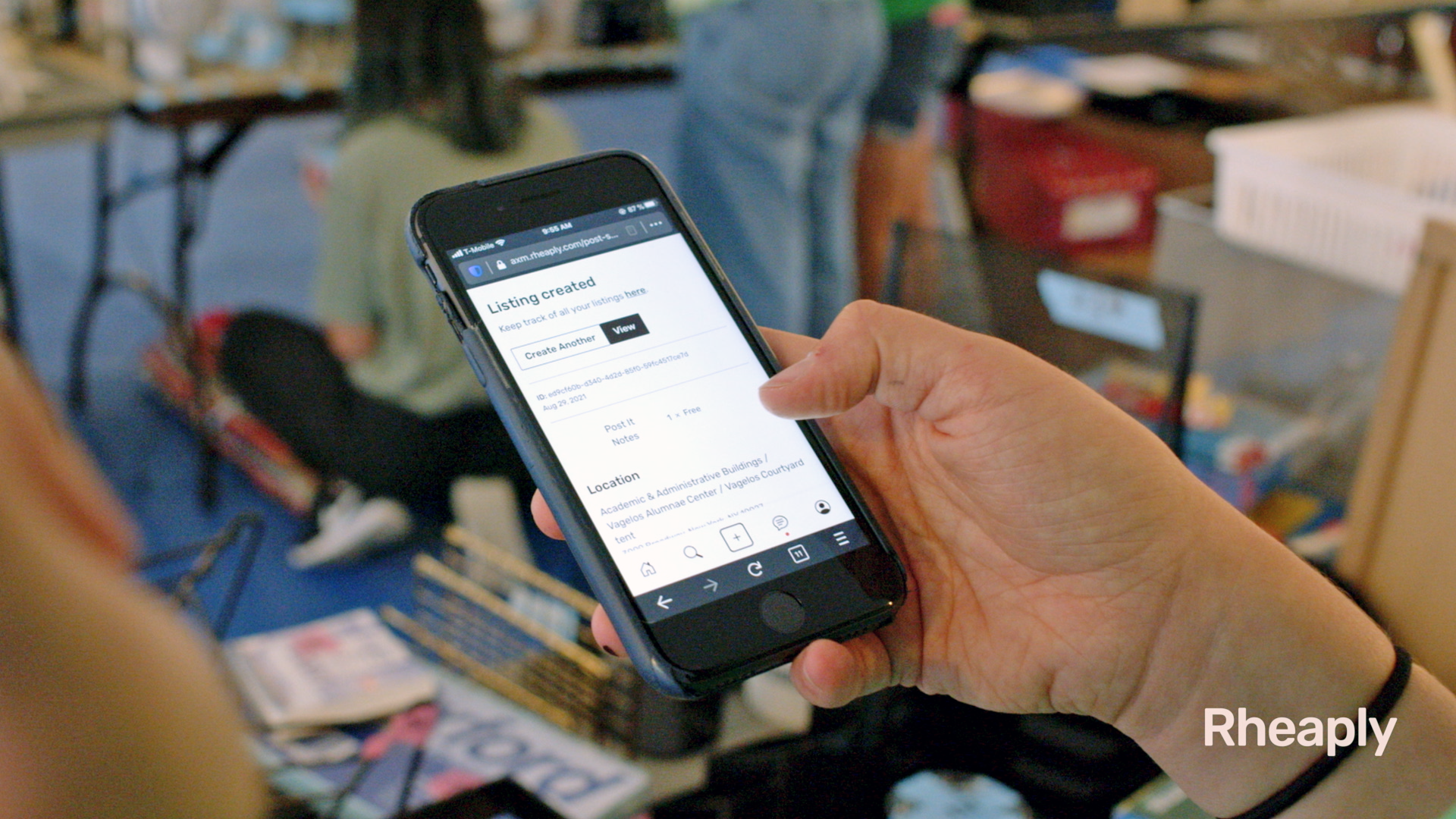
When a building gets demolished, or refurbished, what happens to its parts? They might get destroyed, or just thrown away to the back of a junkyard, never to be seen again – or, they will get reused. And it's that last option that Garry Cooper Jr, founder of Rheaply, decided to tackle when he launched his enterprise asset management venture in 2016. Rheaply is a digital platform that serves the circular economy, essentially enabling the rehoming of parts of buildings and equipment just before a structure is torn down, placing them in new, local buildings in construction, in a bid to enhance upcycling, sustainable architecture and local enterprise.
Ohio-born Cooper is now based in Chicago and the idea to found Rheaply was born there, thanks to his keen observation skills and entrepreneurial mind (while now he operates in the construction and architecture world, his background is in science). ‘It was super organic,' he says. ‘I came to Chicago in 2008, and studied at Northwestern University, trying to find a cure for Parkinson’s Disease. I noticed in our lab we had lots of material that we were not using, from chairs, to plastics, chemicals, and I kept hearing people saying, oh if only I had this or that, and I knew we had whatever they needed somewhere in our closet. So I started a resource sharing platform – it was basically a cart!'
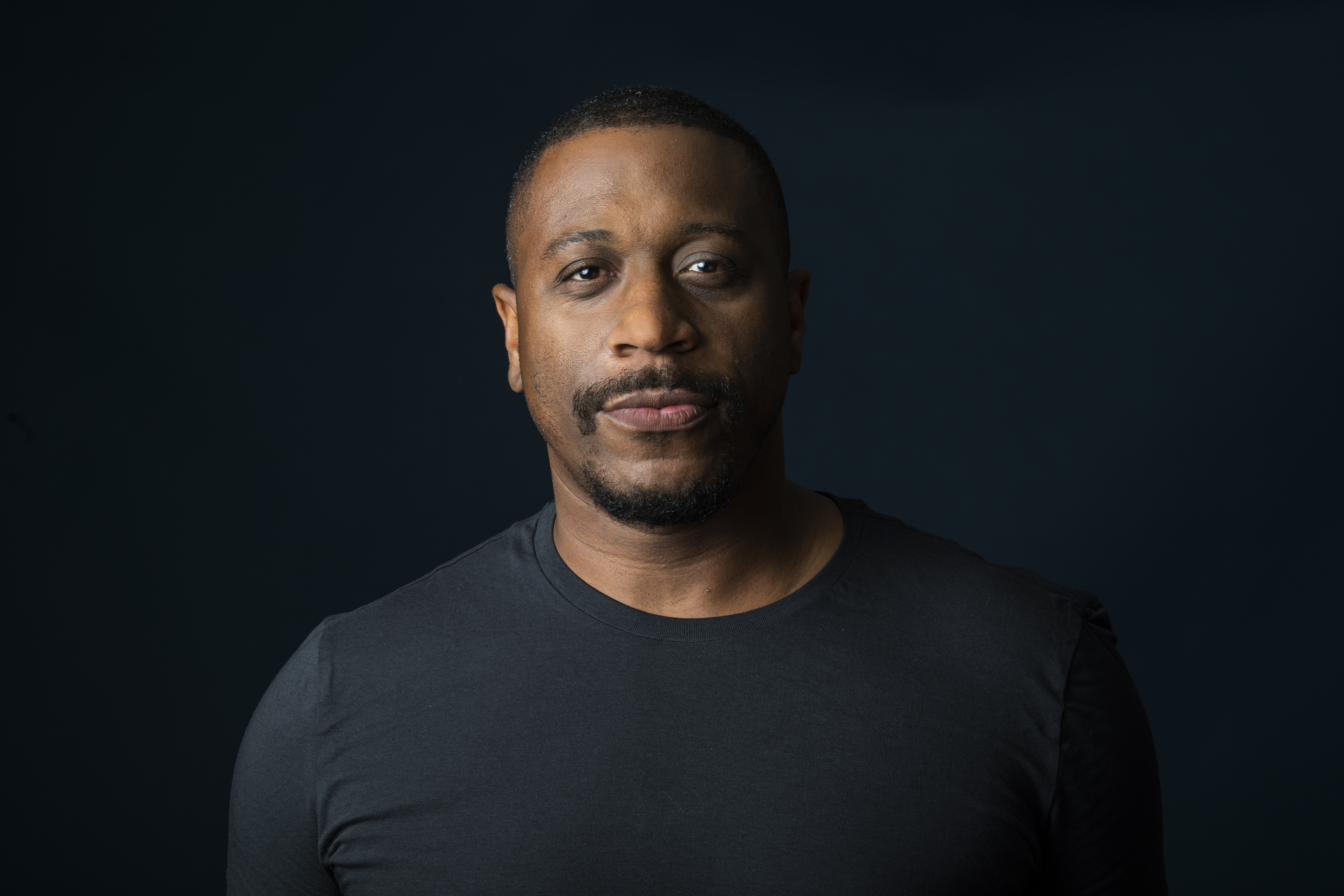
Garry Cooper Jr
The humble cart soon grew into a business, as demand increased. The concept caught on as it offered the opportunity for landlords to swiftly, easily and sustainably get rid of parts of their building that would otherwise be scrapped; this expanded from smaller-scale equipment and furniture to larger elements, such as doors, window frames, façade panels and anything in between. At the same time, new owners could acquire all these features to incorporate into their properties in an eco-friendly and cost-efficient way.
‘I thought, all this is reusable and has embodied energy,' says Cooper, who emphasises that timing is key in making everything run in the most efficient way in this business, which is all about wasting less and lowering carbon emissions in the building industry – which currently accounts for a significant part of the world’s emissions, up to 40 per cent in some countries, such as the UK. ‘I have buildings I scope out and inventory everything in them, even before they become available. So, things get rehomed before the building is in fact deconstructed – it means there's even less transport carbon involved.'

Rheaply can now manage the reuse of everything from artwork and interiors to large steel elements and infrastructure through a dedicated digital platform. The team works with contacts and the local community to create inventories of buildings to be demolished, which clients then have access to through a website and app, making securing reusable parts for new projects smooth and fuss-free. It's all quite local – as the company doesn't operate by storing the elements or shipping far. They just transport them directly to a new construction site to be used immediately. Keeping things local is important in managing the company's (and associated projects’) carbon footprint.
Impact is measured in various ways – in a financial sense, in how much money is saved or how much economic opportunity is granted through this scheme; in terms of waste diversion and how much waste is diverted from landfill; and through carbon emissions savings, thanks to reuse. A special carbon emission calculator tool, to be launched through the platform soon, is set to provide further clarity and visibility for the operation and its users.
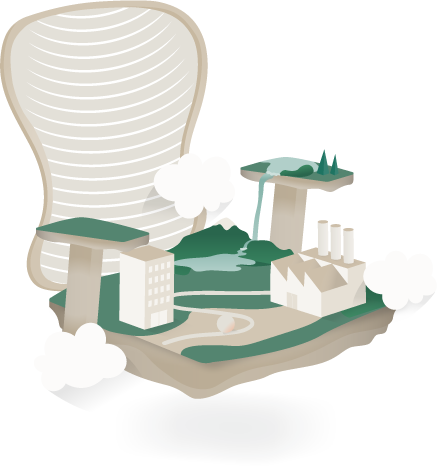
What started off as a Chicago business is now expanding substantially due to high demand, with Rheaply operations aiming to launch in up to 50 US cities in the next few years, while Cooper's some 50-strong team is expected to grow more than two-fold in the next year alone. A San Francisco wing is throwing open its door this month. As Rheaply’s mission spreads through word-of-mouth among industry specialists – Cooper has a network that includes several Fortune 100 level companies in the US, as well as a range of contractor and architecture studios – expansion seems assured.
Receive our daily digest of inspiration, escapism and design stories from around the world direct to your inbox.
‘The circular economy is a behavioural change. And once you’ve done something, you always look for something more, it makes you more aware. Even in a small way, it makes a big difference. [If people don't recycle more in this way, it] isn’t because we don’t want to, it’s just visibility,' Cooper stresses enthusiastically – and Rheaply seems perfectly positioned to amend this.
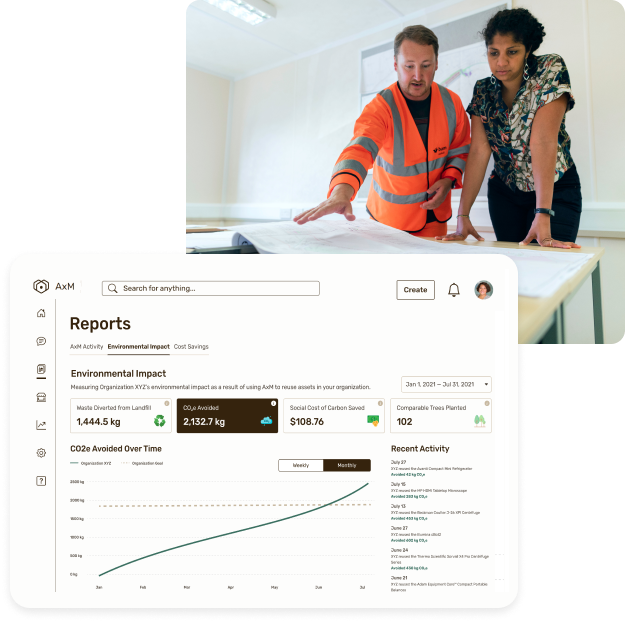
INFORMATION
Ellie Stathaki is the Architecture & Environment Director at Wallpaper*. She trained as an architect at the Aristotle University of Thessaloniki in Greece and studied architectural history at the Bartlett in London. Now an established journalist, she has been a member of the Wallpaper* team since 2006, visiting buildings across the globe and interviewing leading architects such as Tadao Ando and Rem Koolhaas. Ellie has also taken part in judging panels, moderated events, curated shows and contributed in books, such as The Contemporary House (Thames & Hudson, 2018), Glenn Sestig Architecture Diary (2020) and House London (2022).
-
 Each mundane object tells a story at Pace’s tribute to the everyday
Each mundane object tells a story at Pace’s tribute to the everydayIn a group exhibition, ‘Monument to the Unimportant’, artists give the seemingly insignificant – from discarded clothes to weeds in cracks – a longer look
-
 Discover The Legacy, Hong Kong’s eye-catching new condo
Discover The Legacy, Hong Kong’s eye-catching new condoThe Legacy, by ACPV Architects Antonio Citterio Patricia Viel, is a striking new condo tower that aims to ‘create a sense of community and solidarity among people’
-
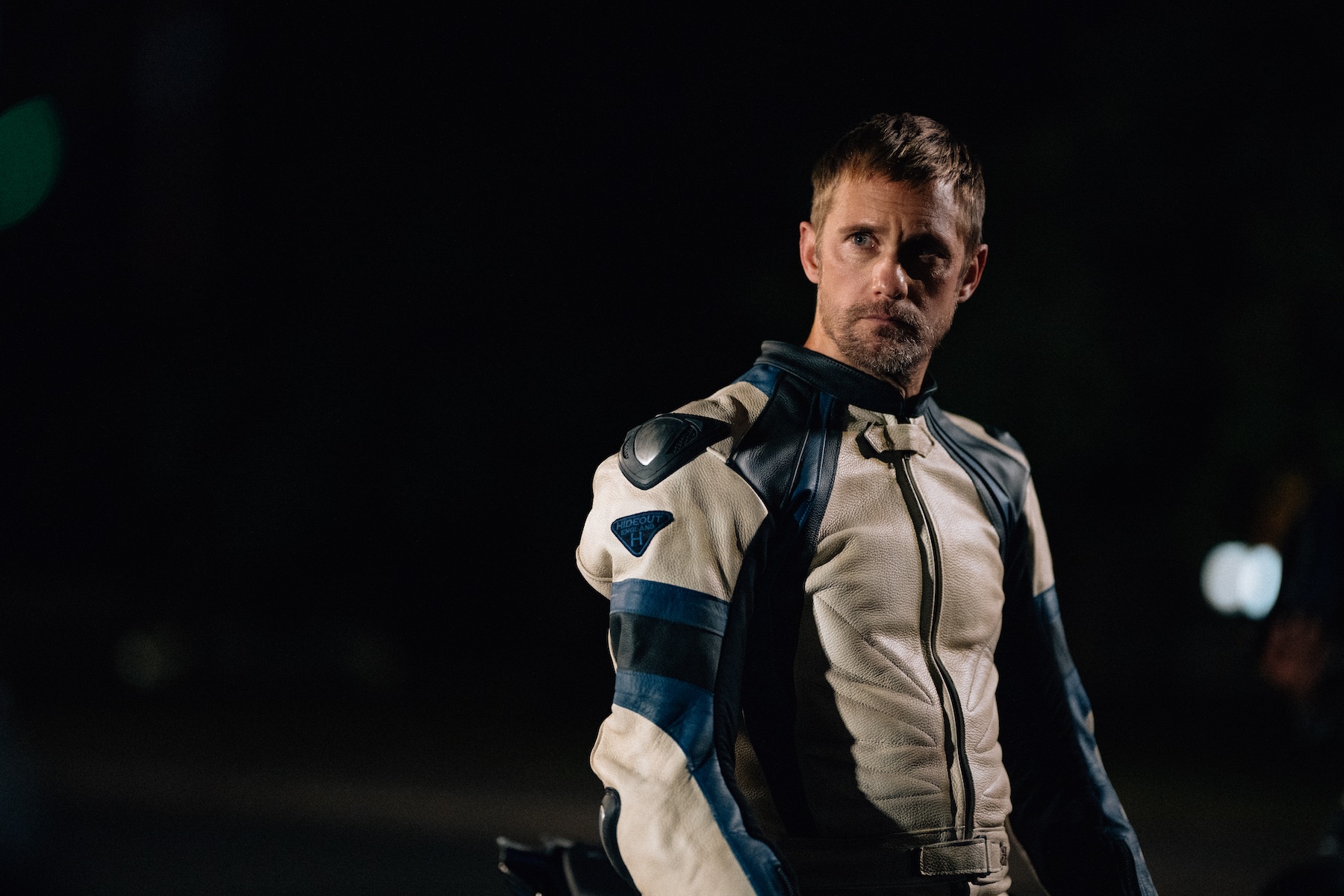 In BDSM biker romance ‘Pillion’, clothes become a medium for ‘fantasy and fetishism’
In BDSM biker romance ‘Pillion’, clothes become a medium for ‘fantasy and fetishism’Costume designer Grace Snell breaks down the leather-heavy wardrobe for the Alexander Skarsgård-starring Pillion, which traces a dom/sub relationship between a shy parking attendant and a biker
-
 The Stahl House – an icon of mid-century modernism – is for sale in Los Angeles
The Stahl House – an icon of mid-century modernism – is for sale in Los AngelesAfter 65 years in the hands of the same family, the home, also known as Case Study House #22, has been listed for $25 million
-
 Houston's Ismaili Centre is the most dazzling new building in America. Here's a look inside
Houston's Ismaili Centre is the most dazzling new building in America. Here's a look insideLondon-based architect Farshid Moussavi designed a new building open to all – and in the process, has created a gleaming new monument
-
 Frank Lloyd Wright’s Fountainhead will be opened to the public for the first time
Frank Lloyd Wright’s Fountainhead will be opened to the public for the first timeThe home, a defining example of the architect’s vision for American design, has been acquired by the Mississippi Museum of Art, which will open it to the public, giving visitors the chance to experience Frank Lloyd Wright’s genius firsthand
-
 Clad in terracotta, these new Williamsburg homes blend loft living and an organic feel
Clad in terracotta, these new Williamsburg homes blend loft living and an organic feelThe Williamsburg homes inside 103 Grand Street, designed by Brooklyn-based architects Of Possible, bring together elegant interiors and dramatic outdoor space in a slick, stacked volume
-
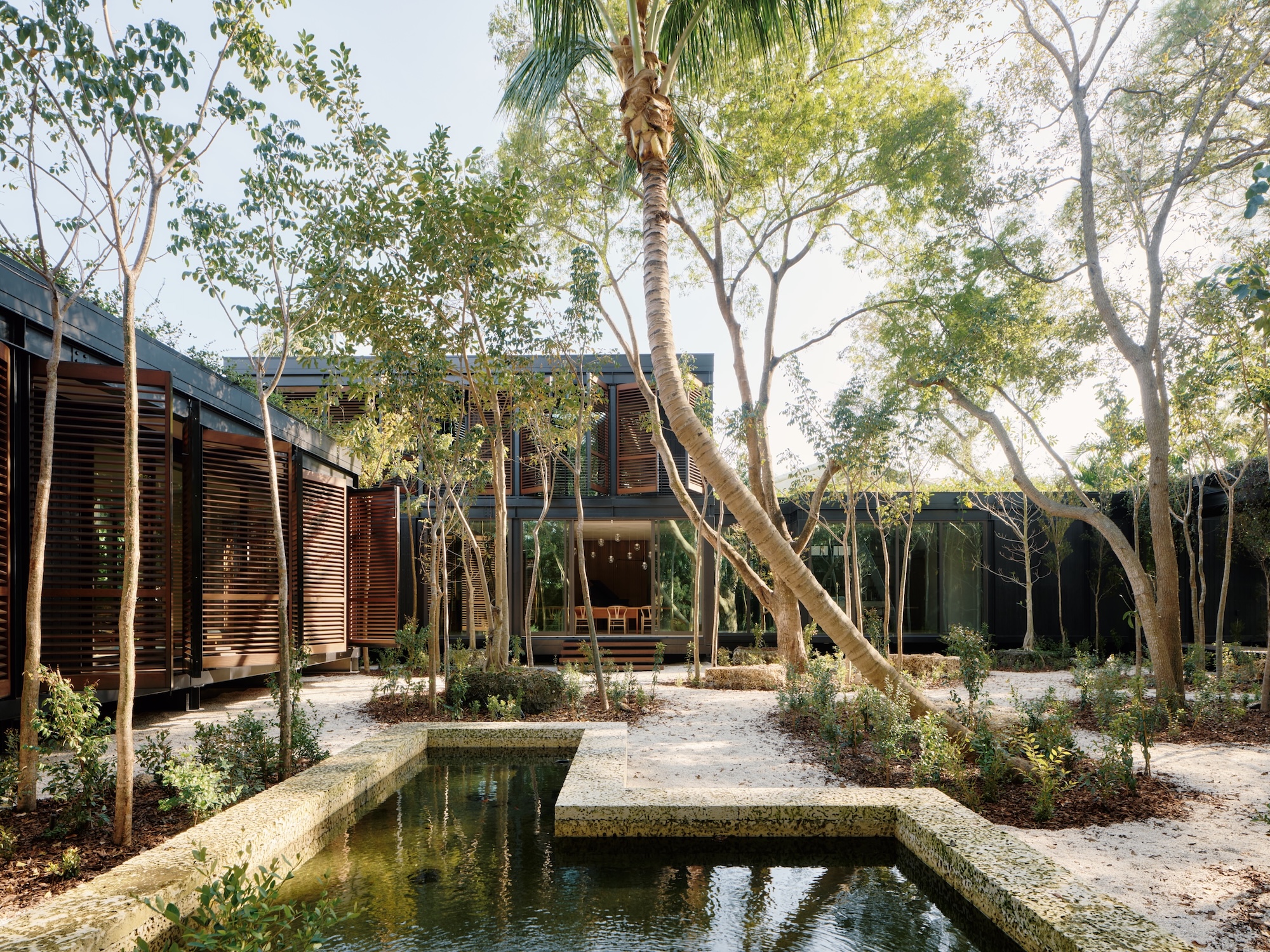 This ethereal Miami residence sprouted out of a wild, jungle-like garden
This ethereal Miami residence sprouted out of a wild, jungle-like gardenA Miami couple tapped local firm Brillhart Architecture to design them a house that merged Florida vernacular, Paul Rudolph and 'too many plants to count’
-
 At the Holcim Foundation Forum and its Grand Prizes, sustainability is both urgent and hopeful
At the Holcim Foundation Forum and its Grand Prizes, sustainability is both urgent and hopefulThe Holcim Foundation Forum just took place in Venice, culminating in the announcement of the organisation's Grand Prizes, the projects especially honoured among 20 previously announced winning designs
-
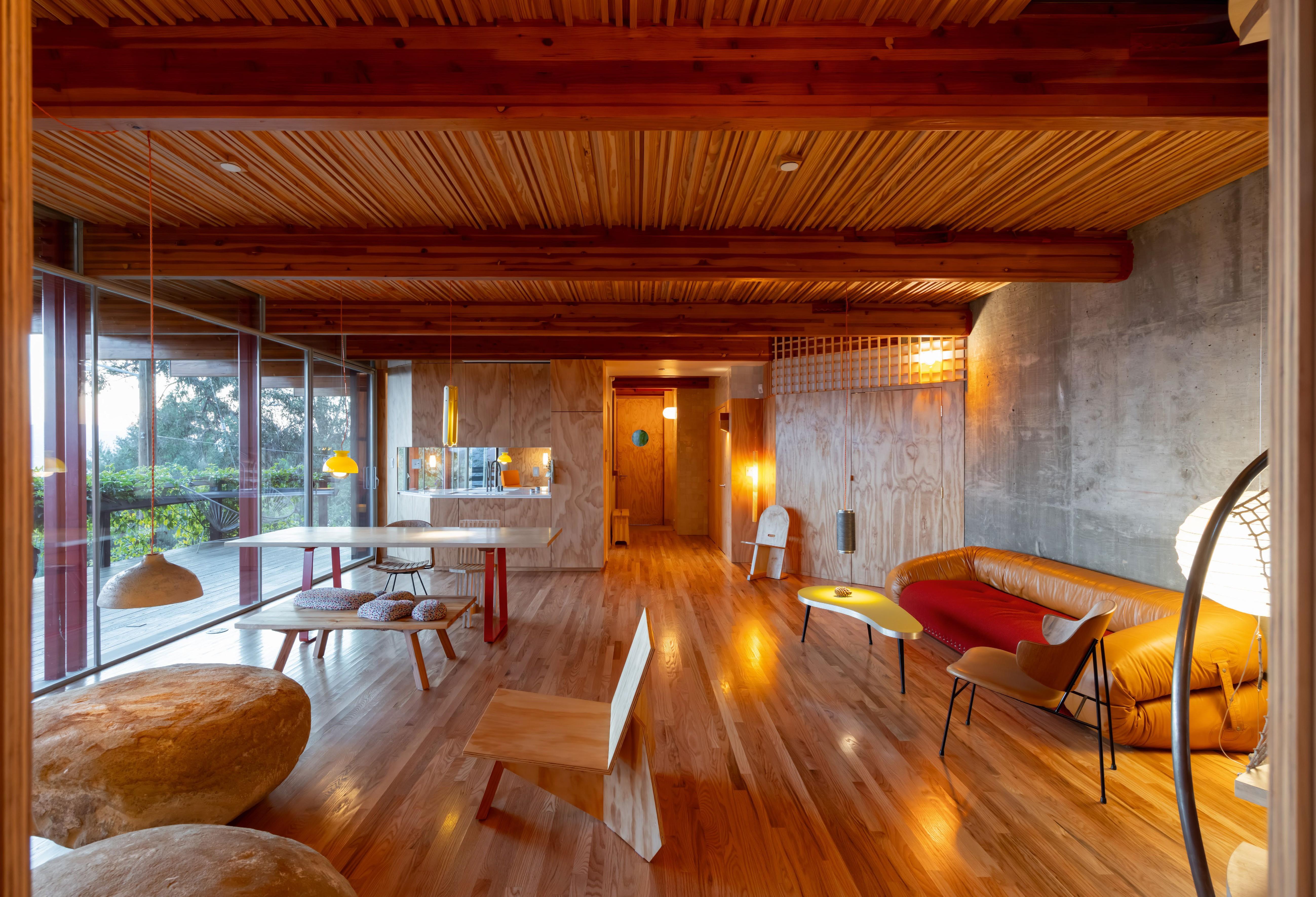 Tour Cano House, a Los Angeles home like no other, full of colour and quirk
Tour Cano House, a Los Angeles home like no other, full of colour and quirkCano House is a case study for tranquil city living, cantilevering cleverly over a steep site in LA’s Mount Washington and fusing California modernism with contemporary flair
-
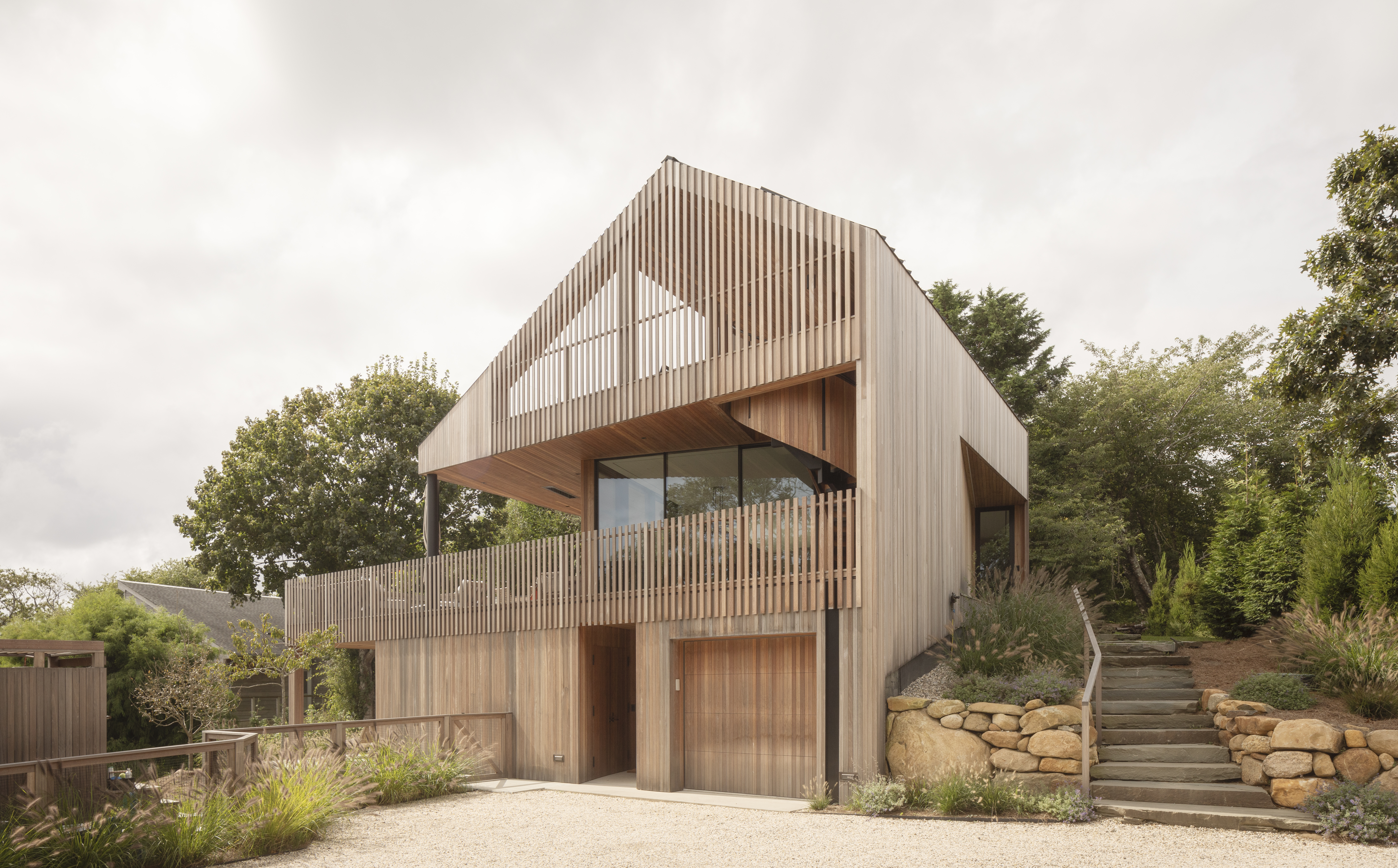 An ocean-facing Montauk house is 'a coming-of-age, a celebration, a lair'
An ocean-facing Montauk house is 'a coming-of-age, a celebration, a lair'A Montauk house on Hither Hills, designed by Hampton architects Oza Sabbeth, is wrapped in timber and connects its residents with the ocean